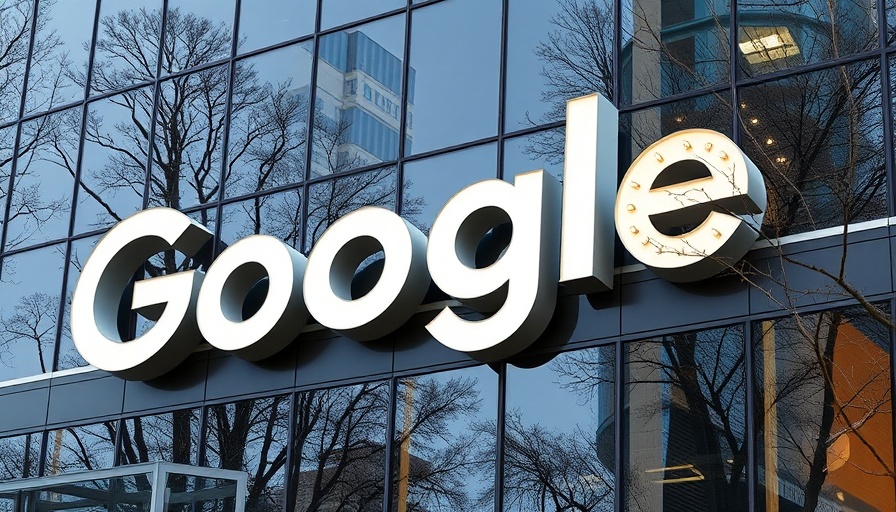
Unlocking New Insights: Google’s Vertex AI Enhances Healthcare
Google has recently unveiled an exciting advancement in its medical AI tool, Vertex AI Search for healthcare, which now features the ability to query images, including tables, diagrams, and charts. This innovation marks a significant leap forward into the realm of multimodal AI—technology designed to integrate various types of data, such as images and text, to provide deeper insights into patient health.
Revolutionizing Patient Care with Visual Q&A
The new tool, aptly named Visual Q&A, allows clinicians to analyze images without the intermediary step of text conversion. This update is particularly vital given that approximately 90% of healthcare data is image-based, consisting mostly of critical medical reports, x-rays, and scans. By directly inputting these images, clinicians can receive rapid, actionable insights that are integral for informed decision-making.
Streamlined Diagnostics: The Role of Gemini 2.0
Backing this enriched toolset is Google’s latest AI model, Gemini 2.0, which promises enhanced speed and accuracy. This new model significantly improves data retrieval processes and is tailored to offer healthcare professionals a holistic view of patient information—combining imaging and electronic health records.
Why Multimodal AI Matters in Healthcare
The healthcare industry's ongoing challenge of integrating varied data formats is being addressed with these advancements. As Aashima Gupta, Global Director of Healthcare Strategy & Solutions at Google Cloud, states, “Multimodal analysis processes diverse sources of patient data for a more comprehensive understanding and improved decision-making.” This is the future of healthcare: savvy, tailored, and deeply insightful.
Insights from Industry Leaders: A New Era of AI Integration
As healthcare organizations like Counterpart Health and MEDITECH increasingly turn to tools like Vertex AI Search, the potential for substantial improvements in patient outcomes becomes clearer. These tools aid in minimizing care gaps and enhancing workflows, allowing clinicians to focus on delivering quality care rather than managing administrative burdens.
Engaging Stakeholders: Moving Beyond Traditional Practices
The advent of Google’s multimodal capabilities could indeed set a new standard in the healthcare industry, where technological advancements must coexist with clinical practices. Understanding this evolution is crucial not only for providers but also for patients who stand to benefit from more precise, informed care. Engagement with innovations like this empowers both healthcare providers and patients, creating opportunities to transform how medical data informs care.
As Google continues to push boundaries with advancements like Vertex AI Search, it becomes essential for healthcare professionals and patients alike to stay abreast of these changes. Embracing such technology allows healthcare to transition toward a more data-driven and patient-centered paradigm.
 Add Row
Add Row  Add
Add 




 Add Row
Add Row  Add
Add 



Write A Comment